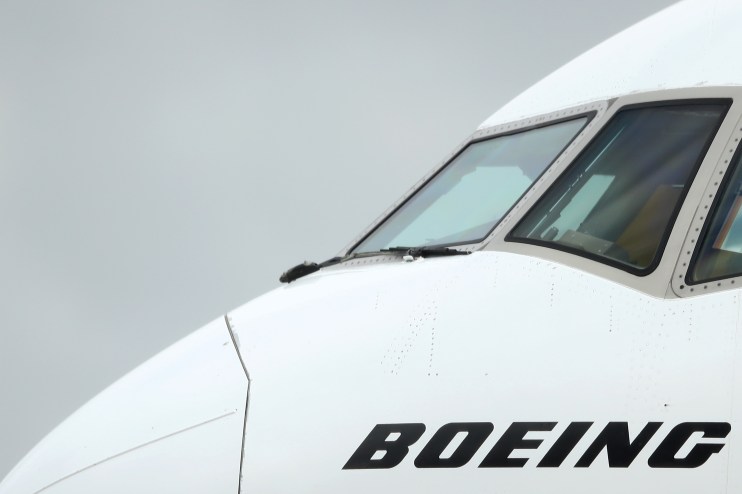Boeing crisis: 737 Max grounding cuts global airline seats by 40m

The grounding of Boeing’s 737 Max means at least 40m fewer aircraft seats will be available this summer.
Aviation regulators across the globe grounded the jet in March after two crashes triggered by a faulty anti-stall system killed 346 people.
Read more: Boeing takes $4.9bn hit on 737 Max groundings to compensate airlines
Boeing hopes to get the plane in the air again by the end of October, but over the peak summer holiday period airlines’ capacities have been severely hampered, according to data by aviation data firm OAG.
Norwegian Air, the biggest operator of the 737 Max which serves British passengers has 2.2m fewer flights seats’ worth of flights over the summer season than it had projected earlier this year.
Southwest Airlines, American Airlines and United Airlines, three out of the four biggest US carriers, have more than 6.3m seats fewer on offer over the period in total.
The hardest-hit airline is China Southern Airlines, which has 3.6m fewer seats to sell to potential passengers this summer.
Air Canada has 3.3m fewer seats, while Tui Airways has cut capacity by 900,000. Tui operated the jet from Manchester airport until it was grounded.
Ryanair was omitted from the list, because it does not file data for the 737 Max specifically.
Aviation analyst John Grant said: “Last minute schedule adjustments are we know challenging for any carrier, but the scale of the B737 Max grounding has been very disruptive for many.
“The introduction of the winter schedules for many airlines in the last week of October normally results in a slight seasonal reduction in capacity, at least until early in the new year.
Read more: Ryanair boss Michael O’Leary blasts Boeing over 737 Max delays
“Just as importantly that date is a key planning milestone for many carriers and at the moment a number of airlines continue to show B737 Max services from the end of October as they are yet to finalise and adjust their schedules.”
But, he added, “a November reintroduction [of the jet] looks increasingly unlikely”.
Main image: Getty